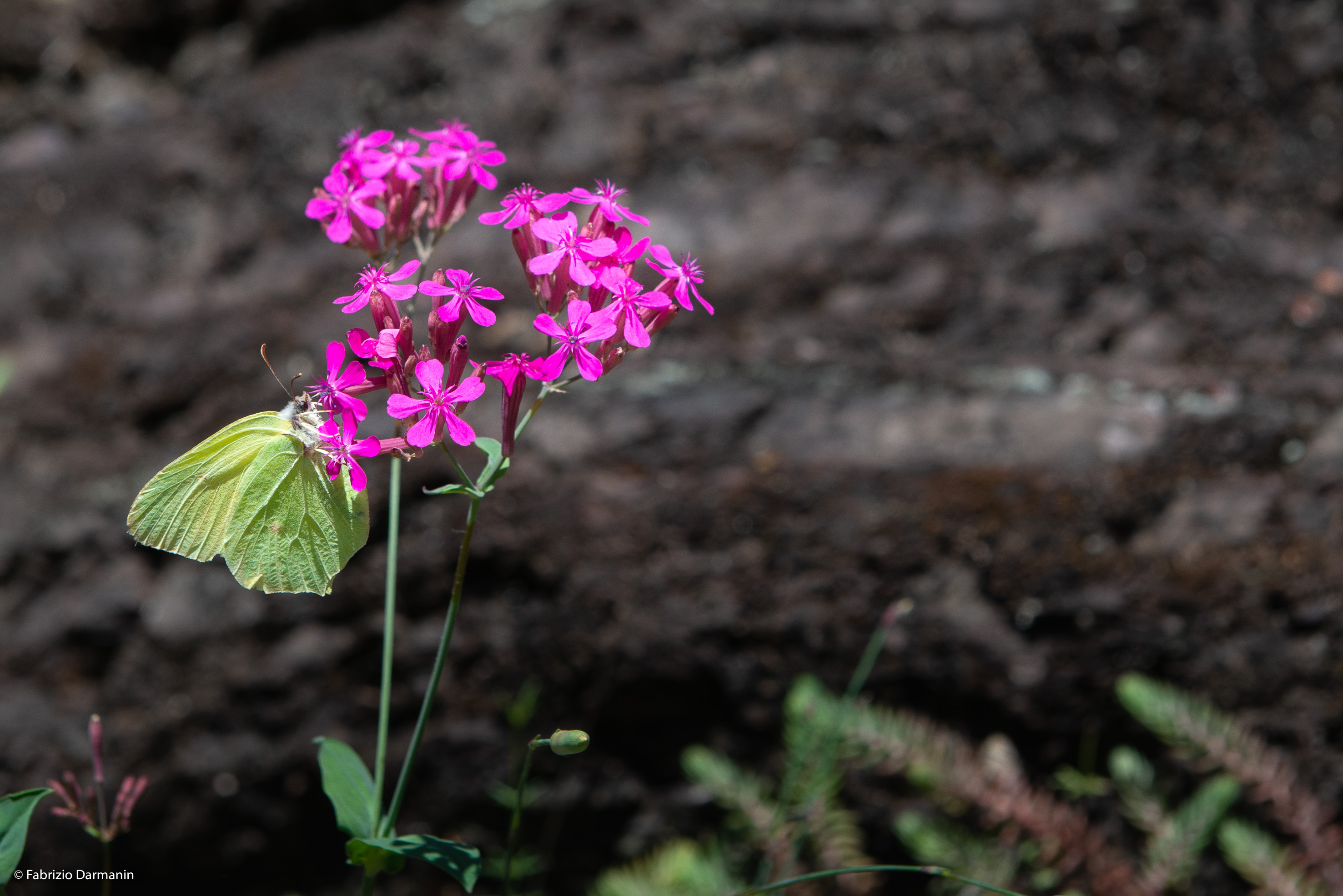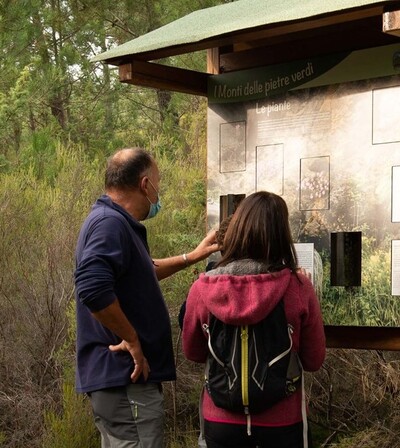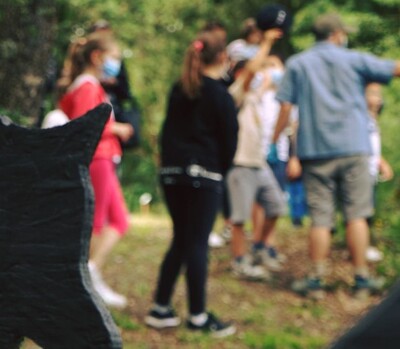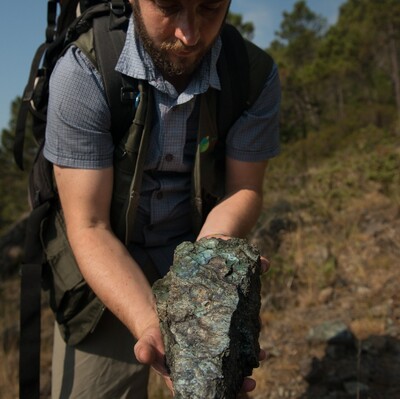Riserva Naturale Monti Rognosi
 Localitą La Fabbrica - Ponte alla Piera, 67 - Anghiari
Localitą La Fabbrica - Ponte alla Piera, 67 - Anghiari

An unusual and evocative Reserve characterized by green rocks, streams and mines, legendary streets and castles dotting the mountain tops. A place where it is not rare to see the animals of the woods, walking on the ocean crust surrounded by particular plants that in every period of the year make the landscape unique.
This is the kingdom of the "Serpent Rock", an extensive outcrop of 1500 hectares of ophiolites, which are sections of oceanic crust and the underlying mantle that have risen forming this particular note. In fact, up to 200 million years ago the current outcrop constituted the seabed of the Ligurian-Piedmontese Ocean, an ancient ocean that corresponds roughly to the current Mediterranean Sea. The term ophiolite comes from the Greek ophis (snake) and lithos (rock); in fact, they are also called "snake rocks", due to their scaly appearance and a dark green color that recalls the skin of reptiles. In the reserve area you can find mainly three types of rocks: serpentine, gabbri and basalt. The presence of these particular rocks makes the Reserve easily identifiable from the surrounding landscape, in fact at first glance it may seem stony, barren and inhospitable, instead venturing into the many paths you discover the many plant and animal species that inhabit it. Junipers centenarians, fragrant helichrysum and the fragrant daphne, found in Tuscany only on these mountains, are just some of the many plants that you can see walking through the woods and streams of the Reserve and it is not uncommon to hear sounds of various birds of prey, or run into deer, squirrels and foxes. The Rognoses Mountains also hold many historical testimonies, such as the ancient mines, the Via Ariminensis, which connected in Roman times, Arezzo and Rimini, and which was then used for the transhumance of flocks to the pastures of the Maremma and the Gothic Line with its remains of old trenches. A rare pearl is the Castle of Montauto where Saint Francis, on a pilgrimage to Assisi, left his habit as a gift.








 Home
Home









